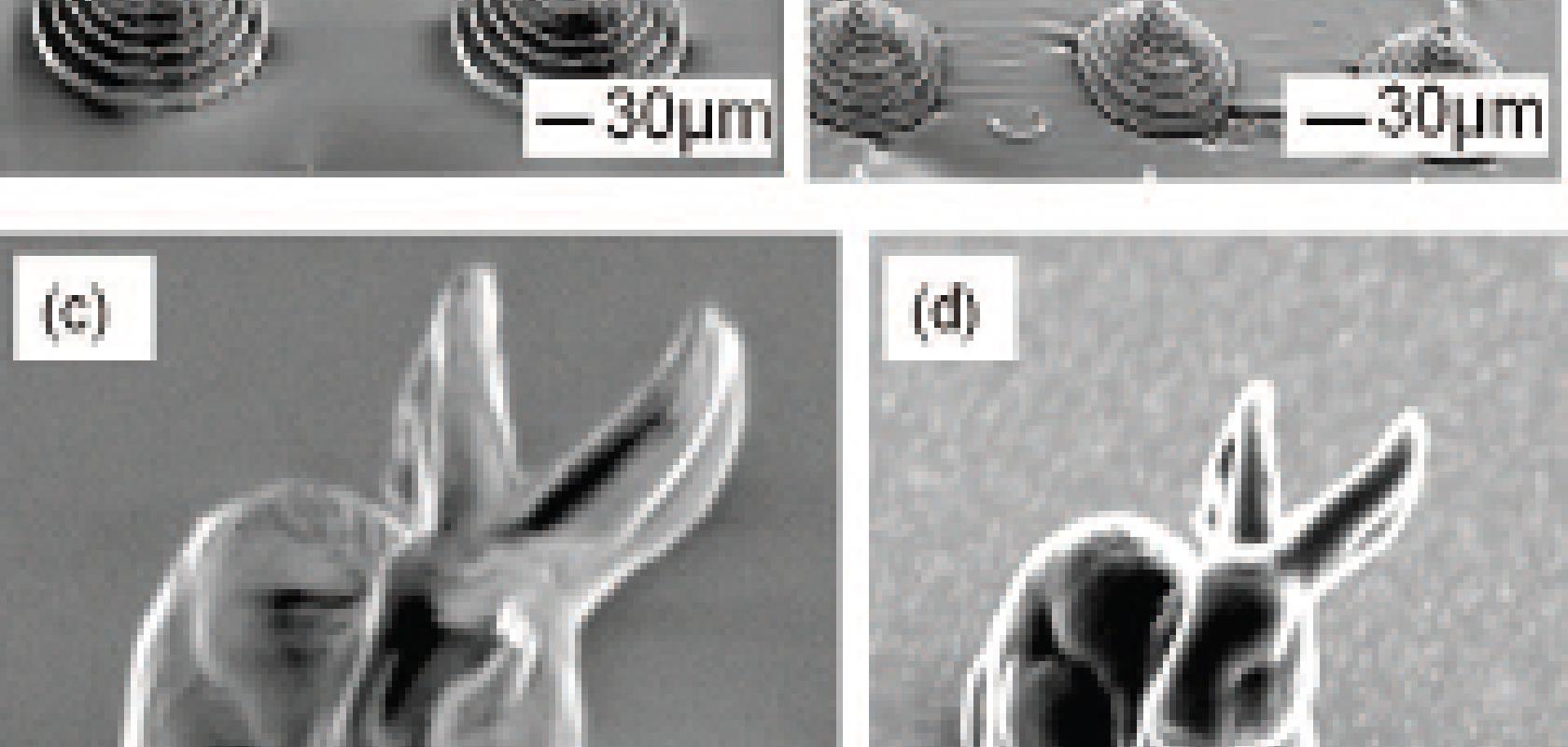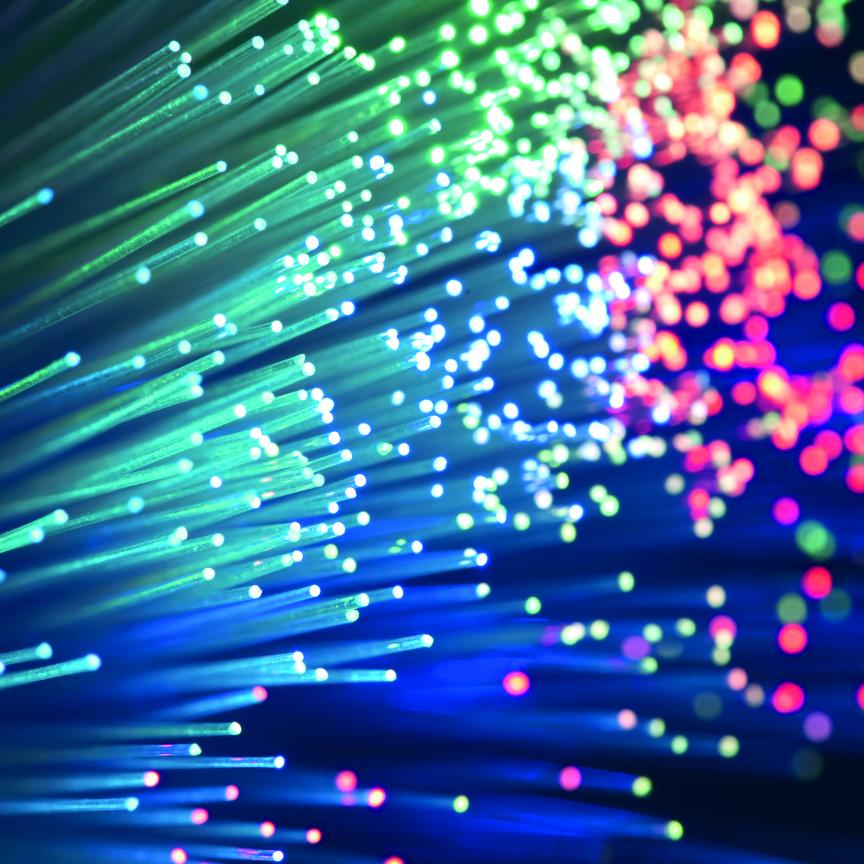Lasers and ultra-violet light are being used to affect light-sensitive liquid resin to create three dimensional structures a few micrometres across, to be used for brain implants and in fuel cells.
In combination with the light sources the new resin could, for example, enable customised electrodes for fuel cells or batteries, as well as biosensor interfaces for medical uses. The use of the laser is similar to 3D printing, also known as additive manufacture. The researchers, based at Japanese universities, used a laser to draw a shape onto the liquid resin, a process known as two-photon polymerisation, and build it up layer by layer. Another option is to use UV light and micro transfer moulding. This takes the light-sensitive liquid and moulds it into a desired shape, which is then hardened by exposure to UV light.
Once the objects were shaped, they were viewed with a scanning electron microscope. Test shapes included pyramids and discs. The researchers also produced the Stanford bunny, a shape commonly used in 3D modelling and computer graphics. One purpose for such a process would be to create microscopic 3-D coils for heating applications, while the medical uses the researchers are aiming for are neurological. The vision is to create brain interfaces, rows of needle-shaped electrodes pointing in the same direction, like teeth on combs, which can send or receive electrical signals from neurons. They would be used for deep brain stimulation and other therapeutic interventions to treat disorders such as epilepsy, depression, and Parkinson’s disease.
‘One of the most promising applications is that of 3D microelectrodes that could interface with the brain,’ says Yuya Daicho, a graduate student team leader at Yokohama National University, Japan.
The neurological implant application is possible because the two-photon polymerisation process can create the 3D structures needed to realise those needle-shaped electrodes. The process can also create rows of electrodes with different lengths and tip-shapes. Daicho explained that, ‘current microelectrodes are simple 2D needle arrays’.
Another key aspect of the light-enabled process is the resin’s ability to withstand the carbonisation stage that enables the structures use as an electrode. To carbonise the electrode, the 3D structure is baked at a temperature high enough to turn its surface to carbon. The process of carbonising, or charring as it is also known, increases the conductivity of the resin and also increases its surface area – both of which make it a good electrode. Normally carbonisation would destroy a 3D structure made of resin, but the Japanese researchers added resorcinol diglycidyl ether, which is toxic and a carcinogen for humans. When the researchers first saw the picture of the rabbit structure taken with the electron microscope, they were ‘delighted’ at how well it had held up during the charring process, giving them hope that electrodes were possible.
‘When we got the carbon [Stanford] bunny structure, we were very surprised,’ says Daicho’s colleague Shoji Maruo. ‘Even with a very simple experimental structure, we could get this complicated 3D carbon microstructure.’ The rabbit’s shape would be much more difficult, expensive, and time-consuming to create using any of the existing processes compatible with carbonisation, he adds.
The next steps for the team include fabricating usable carbon microstructures, as well as charring the resins at temperatures above the 800oC tested in the reported study. Moving to higher temperatures may destroy the microstructures, say the researchers, but there is a chance the high temperature will turn the surfaces into graphite, which is a higher-quality conductor than the carbonised surfaces created so far.
The research team, which includes physicists and chemists from Yokohama National University, Tokyo Institute of Technology, and Japanese stereolithography company CMET, published their work in the Optical Society’s open-access journal Optical Materials Express.


